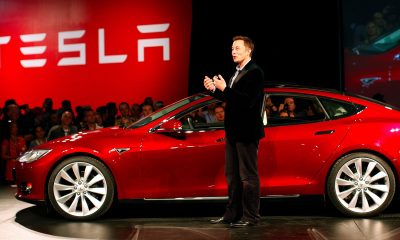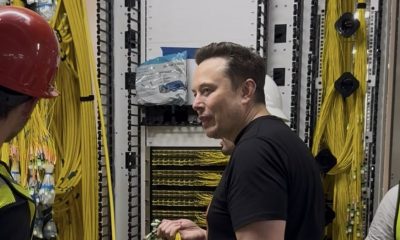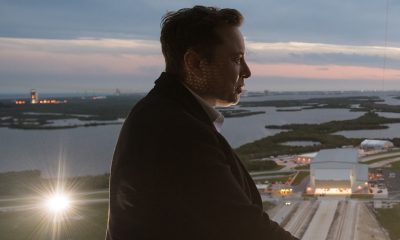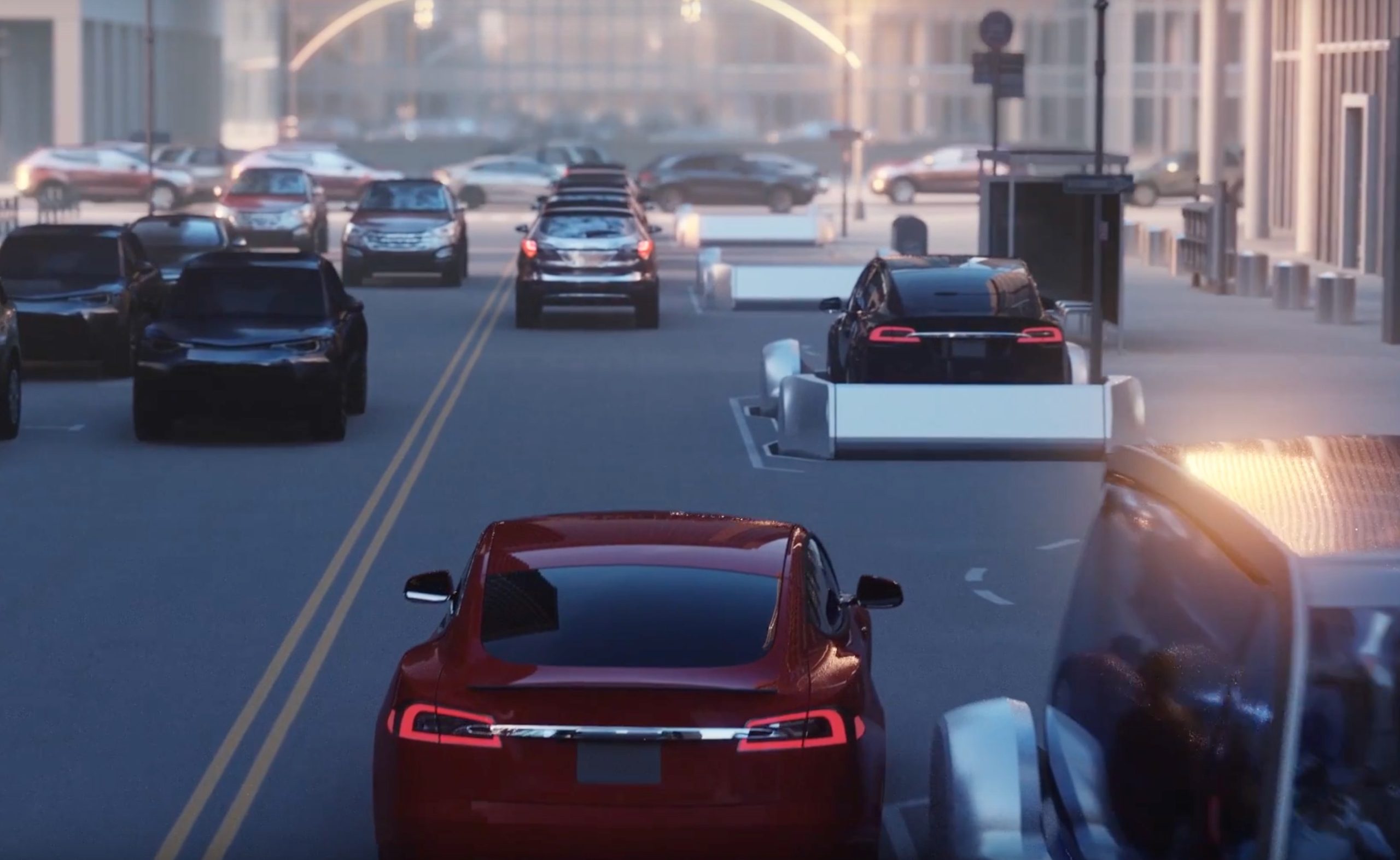
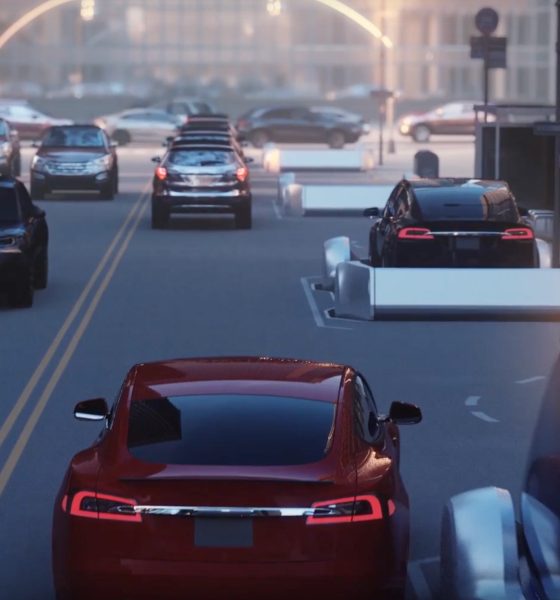
News
Musk outlines cost-cutting plan for Boring Co: cheaper, faster tunnel digging
One of the large reveals made by Tesla and SpaceX Chief Elon Musk at TED2017 was his plan to create a multi-layer high-speed tunnel infrastructure to support mobility by way of electric skates and Hyperloop tubes.
A key point that he drove home for the underground tunnel network was the integration of the system into cities.
“You have to be able to integrate the entrance and exit of the tunnel seamlessly into the fabric of the city. So, by having an elevator, sort of a car skate that is on an elevator, you can integrate the entrance and exits to the tunnel network just by using 2 parking spaces.”
Musk shared a video demonstrating how skate elevators would be integrated into city streets where they await vehicles looking to be transported through the underground labyrinth of tunnels. The serial tech entrepreneur envisions loading docks wherein vehicles would simply pull into the skate, get lowered into the tunnel network, and be sent along a slot car-like track at speeds of 200 km/h ( 124 mph). The Boring Company’s tunnel network won’t simply alleviate surface congestion, it will completely transform the way we move cars, people and freight, says Musk.
It is worth noting that The Boring Company and Tesla are under control of Musk, while the Hyperloop project has been open sourced, but with support from SpaceX.
Eliminating human drivers allows the skates to move at much faster speeds than human-controlled vehicles. Fixed routes within the tunnel network further improve safety beyond the dynamic nature of human-determined driving routes. The tunnel network is also infinitely scalable. “You can alleviate any arbitrary level of open congestion with a 3D tunnel network.” and that “There’s no real limit to how many levels of tunnels you can have.”, says Musk from TED2017.
The key barrier to creating tunnels today is the exorbitant cost. The recent 2.5 mile expansion to the Los Angeles subway system came at a cost of nearly $1 billion per mile. Musk and team at the Boring Company hope to cut the cost of tunneling by a significant amount by streamlining the tunneling process and reinventing the machines that help facilitate the digging.
https://www.youtube.com/watch?v=u5V_VzRrSBI
Building Tunnels For Less
First, the team is looking to cut the diameter of the tunnels they dig, moving from the traditional tunnel diameter for passenger vehicles of 26 to 28-feet to a 12-foot standard diameter which would be sufficient for the Tesla skate. On the surface, this might not seem like a lot, but cutting the diameter by 50% cuts the cross sectional area by a factor of four. This is significant as the speed and cost of tunneling is largely driven by the amount of cross sectional area to dig. Being able to cut out 75% of the time associated with digging comes with enormous cost savings.
Second, the team plans to attack head-on the way tunneling machines currently dig. Traditional machines dig, slowly and incrementally, then stop to install reinforcements to support the newly exposed earthen walls. Musk and team are working to install the reinforcements continuously thus eliminating the need to pause operations. This integration is expected to increase the speed of the overall process by as much as 50%.
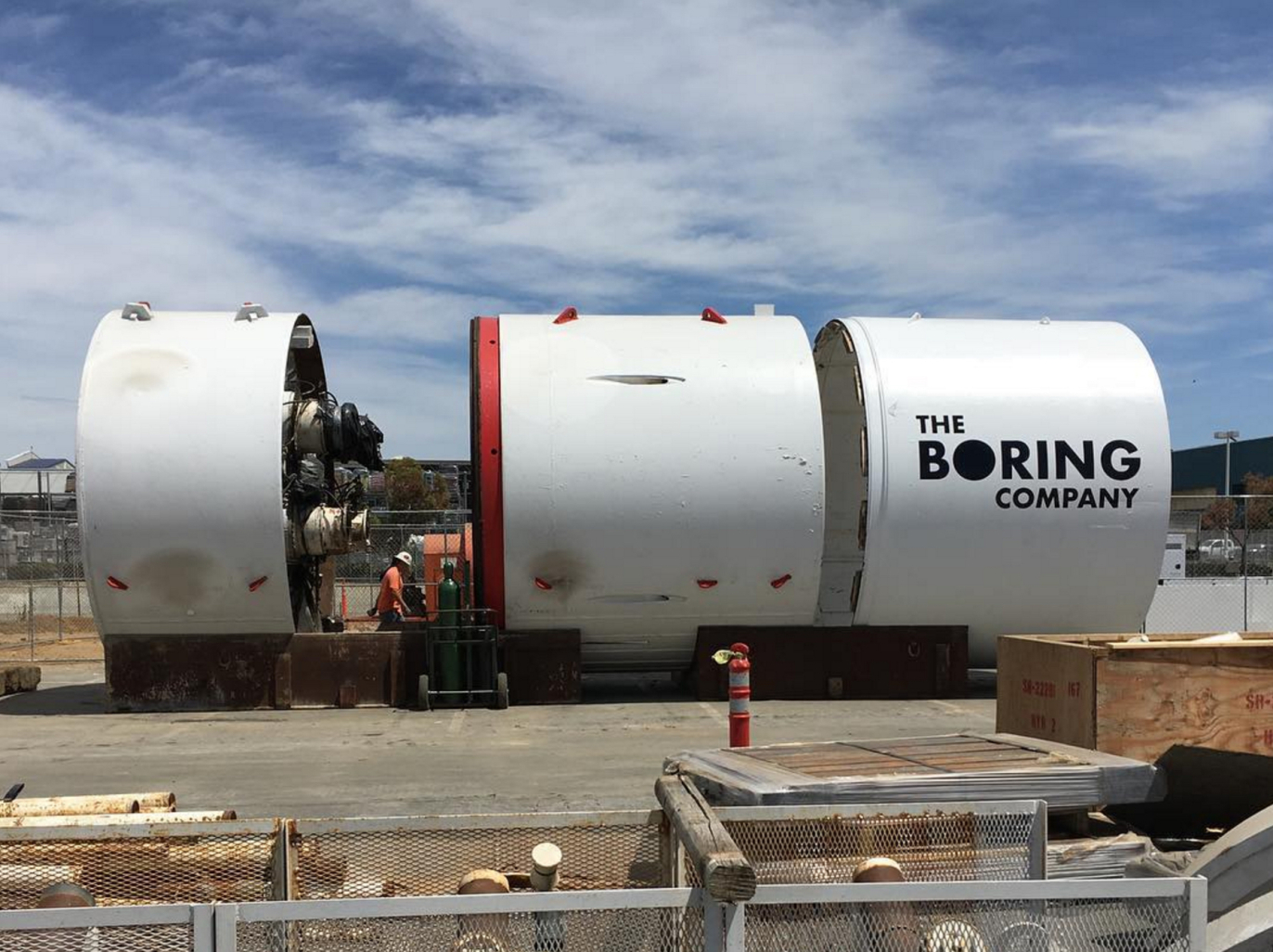
The Boring Company tunneling machine spotted in front of SpaceX in April, 2017
Finally, the team believes that current digging machines are nowhere near their power and thermal limits, and is looking to ‘jack up the power’ to the digging machines. Doing this, the team hopes to increase the speed by a factor of 4 or 5 on top of the other improvements being suggested by Musk.
Musk also revealed that The Boring Company has a pet snail named Gary who can currently travel at 14 times the speed of existing tunneling machines. While this is more a testament about how slow the boring process is than the amazing speed of Gary, it is a fun target for the team, to be able to build tunnels quicker than Gary can crawl, and continues the comedic spin on the new company.
These tunnels could be kept at or near a vacuum to reduce or eliminate air resistance for all the moving objects within it. Curiously, Musk shared that,
“To withstand the water table, you have to design a wall to be able to withstand 5 or 6 atmospheres. To go to vacuum, you only need to be able to withstand 1 atmosphere.”
It is clear that Musk is very excited about this new Boring Company. He indicated during his sit down at TED2017 that he spends 2-3% of his time on the project, noting that it’s essentially being run as not much more than an intern project with a used boring machine and a few people dedicating partial effort to it.
News
New Tesla Model Y Performance launches from Giga Berlin
The vehicle is produced at Gigafactory Berlin and is available to order now in Europe and the Middle East.
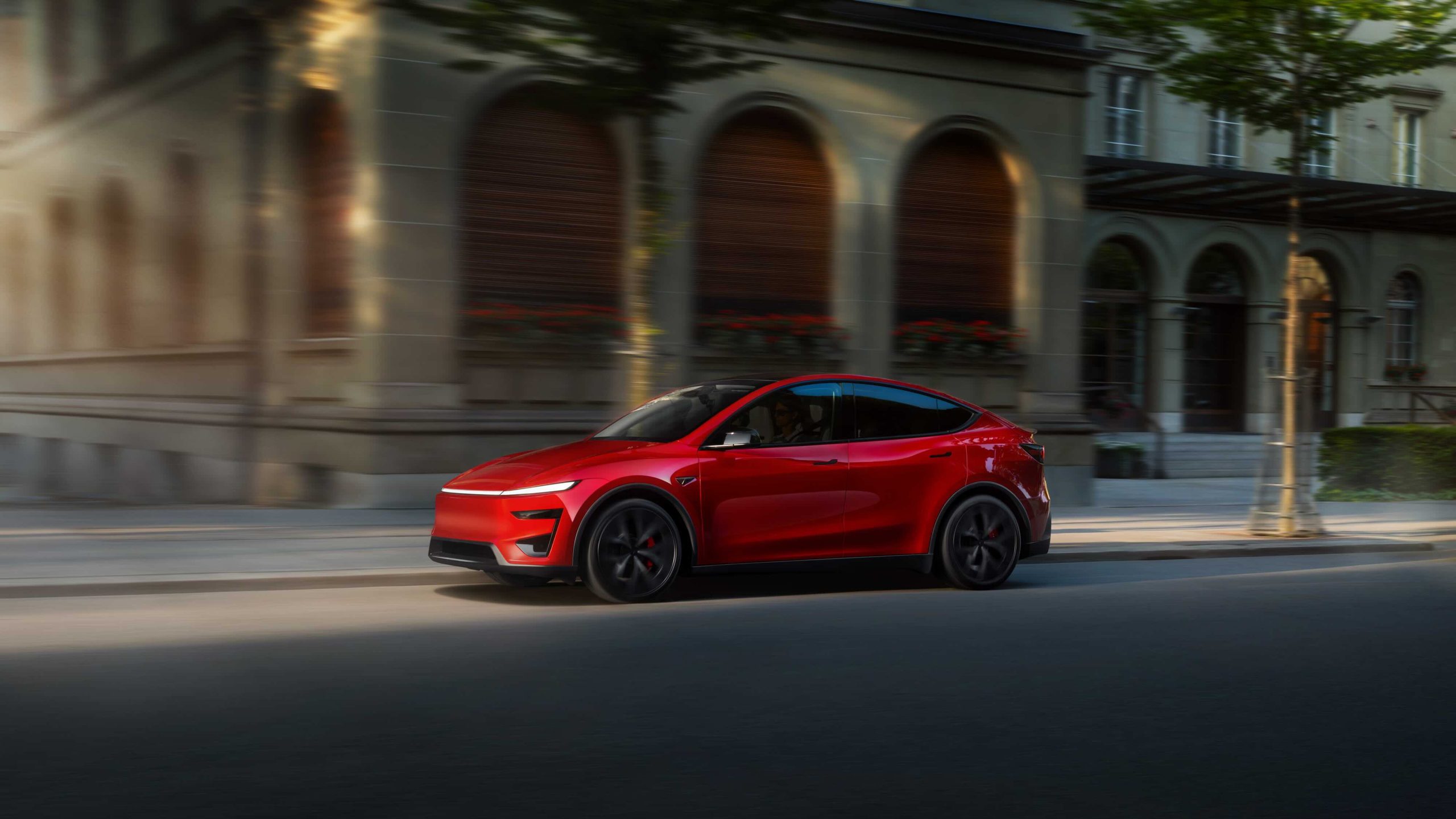
It took some time, but the new Tesla Model Y Performance is finally here. The new Model Y Performance features a blend of aerodynamic improvements, upgraded interior comforts, and high range enabled by new battery cells.
The updated Model Y Performance is produced at Gigafactory Berlin and is available to order now in Europe and the Middle East. First deliveries are expected in 1-2 months.
Key Model Y Improvements
The new Model Y Performance sharpens the vehicle’s design and driving dynamics while adding subtle interior refinements. The revised variant now delivers 0–60 mph in 3.3 seconds, slightly quicker than its predecessor’s 3.5 seconds, while offering an EPA-estimated 308 miles of range, just about 1% less than the non-performance Dual Motor All Wheel Drive variant. Top speed is listed at 155 mph.
The exterior of the new Model Y Performance features new front and rear fascias, along with a carbon fiber spoiler designed for greater downforce and reduced drag. Staggered wheels and tires provide improved steering precision and grip, while high-performance brakes offer enhanced pedal feel and better heat management. The ride is supported by adaptive suspension that adjusts damping based on road conditions, paired with unique drive modes tailored for high-speed performance. Ground clearance is listed at 6.1 inches, and weight is listed at 2,033 kilograms (4,482 pounds).
Tech and Interior
Inside, Tesla has added carbon fiber decor, expanded ambient lighting in the footwells and door pockets, and upgraded seating. The first-row sport seats now include power recline, power tilt, heating, ventilation, and powered thigh extensions for added support during cornering. Rear passengers receive perforated heated seats with power recline. A new 16-inch QHD center touchscreen anchors the cabin’s technology suite.
Additional upgrades include eight exterior cameras, with the refreshed design introducing a new forward-facing unit. The high-density battery pack also boosts charge capacity but also helps maintain range despite the Performance model’s added power output.
Elon Musk
Elon Musk reveals when SpaceX will perform first-ever Starship catch
“Starship catch is probably flight 13 to 15, depending on how well V3 flights go,” Musk said.
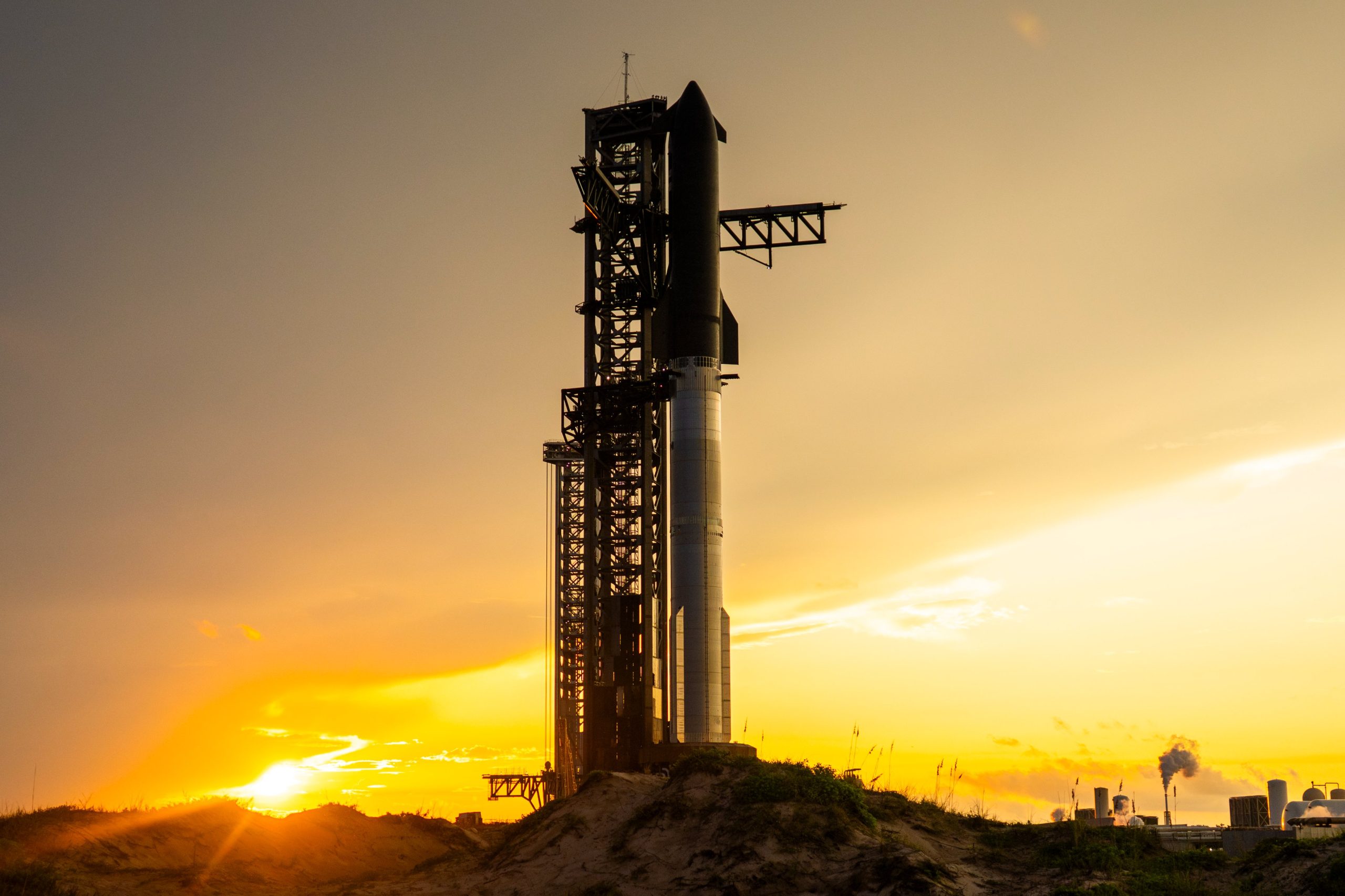
Elon Musk revealed when SpaceX would perform the first-ever catch attempt of Starship, its massive rocket that will one day take life to other planets.
On Tuesday, Starship aced its tenth test flight as SpaceX was able to complete each of its mission objectives, including a splashdown of the Super Heavy Booster in the Gulf, the deployment of eight Starlink simulators, and another splashdown of the ship in the Indian Ocean.
It was the first launch that featured a payload deployment:
SpaceX Starship Flight 10 was so successful, it’s breaking the anti-Musk narrative
SpaceX was transparent that it would not attempt to catch the Super Heavy Booster, something it has done on three previous occasions: Flight 5 on October 13, 2024, Flight 7 on January 16, and Flight 8 on March 6.
This time, it was not attempting to do so. However, there are bigger plans for the future, and Musk detailed them in a recent post on X, where he discussed SpaceX’s plans to catch Starship, which would be a monumental accomplishment.
Musk said the most likely opportunities for SpaceX to catch Starship itself would be Flight 13, Flight 14, and Flight 15, but it depends on “how well the V3 flights go.”
The Starship launched with Flight 10 was a V2, which is the same size as the subsequent V3 rocket but has a smaller payload-to-orbit rating and is less powerful in terms of initial thrust and booster thrust. Musk said there is only one more V2 rocket left to launch.
Starship catch is probably flight 13 to 15, depending on how well V3 flights go
— Elon Musk (@elonmusk) August 27, 2025
V3 will be the version flown through 2026, as V4, which will be the most capable Starship build SpaceX manufactures, is likely to be the first company ship to carry humans to space.
Musk said that SpaceX planned to “hopefully” attempt a catch of Starship in 2025. However, it appears that this will likely be pushed back to 2026 due to timing.
SpaceX will take Starship catch one step further very soon, Elon Musk confirms
SpaceX would need to launch the 11th and 12th test flights by the end of the year in order to get to Musk’s expected first catch attempt of Flight 13. It’s not unheard of, but the company will need to accelerate its launch rate as it has only had three test flights this year.
News
Tesla Robotaxi rival Waymo confirms massive fleet expansion in Bay Area
New data from the California Public Utilities Commission (CPUC) said Waymo had 1,429 vehicles operating in California, and 875 of them were “associated with a terminal in San Francisco,” according to The SF Examiner.
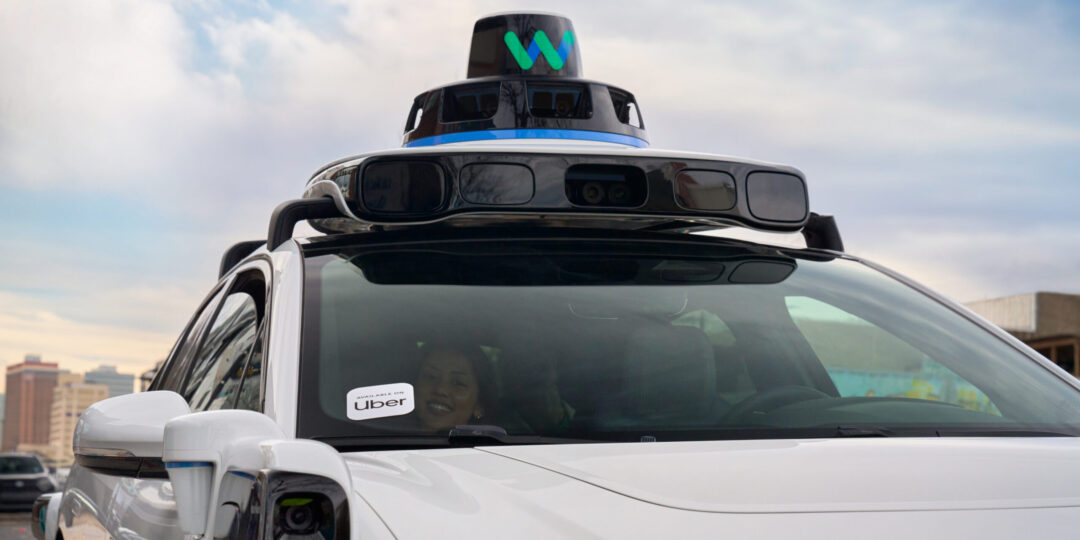
Tesla Robotaxi rival Waymo has confirmed that it has expanded its fleet of driverless ride-sharing vehicles in the Bay Area of California massively since its last public disclosure.
It is perhaps one of the most important metrics in the race for autonomous supremacy, along with overall service area. Tesla has seemed to focus on the latter, while expanding its fleet slowly to maintain safety.
Waymo, on the other hand, is bringing its fleet size across the country to significant levels. In March, it told The SF Examiner that there were over 300 Waymos in service in the San Francisco area, which was not a significant increase from the 250 vehicles on the road it reported in August 2023.
In May, the company said in a press release that it had more than 1,500 self-driving Waymos operating nationwide. More than 600 were in the San Francisco area.
Tesla analyst compares Robotaxi to Waymo: ‘The contrast was clear’
However, new data from the California Public Utilities Commission (CPUC) said Waymo had 1,429 vehicles operating in California, and 875 of them were “associated with a terminal in San Francisco,” according to The SF Examiner.
CPUC data from March 2025 indicated that there were a total of 1,087 Waymo vehicles in California, with 762 located in San Francisco. Some were test vehicles, others were deployed to operate as ride-sharing vehicles.
The company’s August update also said that it deploys more than 2,000 commercial vehicles in the United States. That number was 1,500 in May. There are also roughly 400 in Phoenix and 500 in Los Angeles.
While Waymo has done a good job of expanding its fleet, it has also been able to expand its footprint in the various cities it is operating in.
Most recently, it grew its geofence in Austin, Texas, to 90 square miles. This outpaced Tesla for a short period before the company expanded its Robotaxi service area earlier this week to roughly 170 square miles.
Tesla one-ups Waymo once again with latest Robotaxi expansion in Austin
The two companies have drastically different approaches to self-driving, as Waymo utilizes LiDAR, while Tesla relies solely on cameras for its suite. Tesla CEO Elon Musk has made no mistake about which he believes to be the superior solution to autonomy.
-
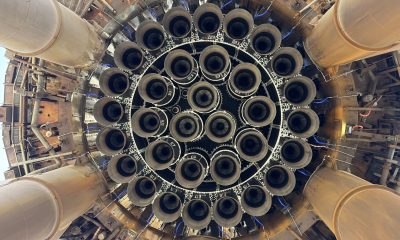
 Elon Musk2 days ago
Elon Musk2 days agoSpaceX Starship Flight 10 was so successful, it’s breaking the anti-Musk narrative
-
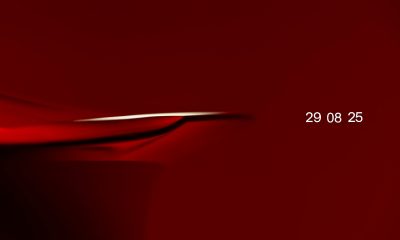
 News2 days ago
News2 days agoTesla appears to have teased a long-awaited Model Y trim for a Friday launch
-
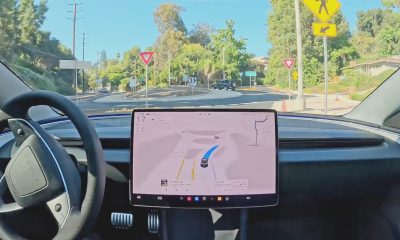
 News5 days ago
News5 days agoTesla makes big change to encourage Full Self-Driving purchases
-
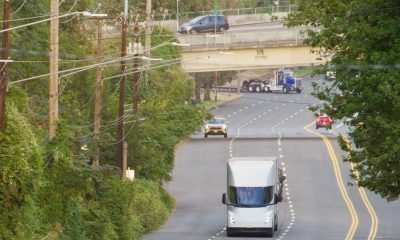
 News2 days ago
News2 days agoTesla Semi earns strong reviews from veteran truckers
-
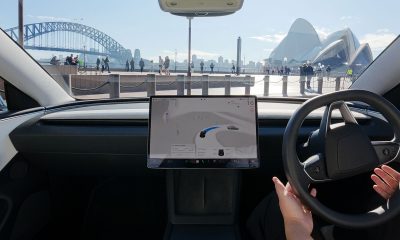
 News23 hours ago
News23 hours agoTesla launches Full Self-Driving in a new region
-
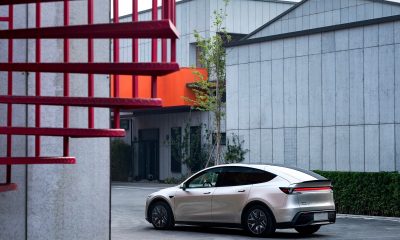
 News2 days ago
News2 days agoTesla China working overtime to deliver Model Y L as quickly as possible
-
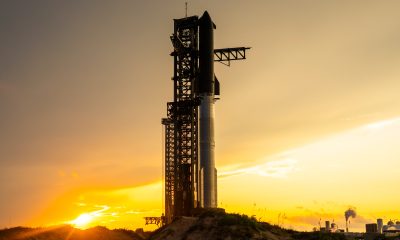
 Elon Musk19 hours ago
Elon Musk19 hours agoElon Musk reveals when SpaceX will perform first-ever Starship catch
-
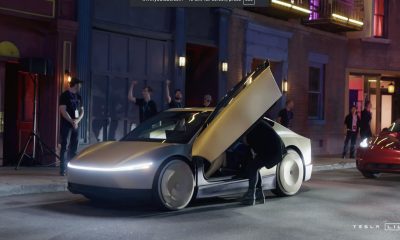
 News1 day ago
News1 day agoTesla AI6 chips will start sample production at surprising Samsung site


